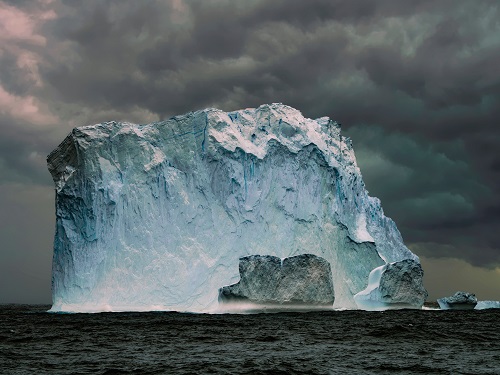April 14th, 111 Years Ago : Radio Helps 706 Survivors

Imagine for a moment that it’s April 14th, 1912 and just moments ago you were having a pleasant evening onboard one of the most luxurious and largest ships of its time. However, you are now sitting in a tiny lifeboat, surrounded by pitch black freezing water waiting for rescue.
This was stark reality for the 706 survivors of the Titanic disaster. It was around 23:40 (ship’s time) when the Titanic struck the iceberg. Many of the passengers would have been sleeping, while others were enjoying many of the attractions the ship had to offer. One thing is certain, they were completely unaware of the dreadful events about to unfold. In the early morning of April 15, the Titanic would sink.
More than 1,500 people lost their lives that night. To this day, the Titanic remains one of the deadliest marine disasters ever, during peacetime. Nevertheless it could still have been worse, had the crew not been able to send a distress call out using wireless telegraphy owned by the Marconi Company.
Having received the distress call, RMS Carpathia began making its way to the Titanic’s position and upon arrival, the ship took aboard all the survivors they found to New York. Two other ships arrived after the Carpathia; the Mount Temple and Californian. However, by then there were no more survivors found or picked up.
20 years prior to this tragedy in the early 1890s, a man named Guglielmo Marconi was working on ‘wireless telegraphy’, not knowing that his technology would help save those 706 lives. The idea was not new, yet no previous attempts were technically or commercially successful. Initially, he was only able to transmit signals up to half a mile but his persistent efforts resulted in a breakthrough in the summer of 1895 when he discovered greater ranges could be achieved by raising the antenna and grounding the transmitter and receiver.
Later, Marconi started investigating ways to transmit signals across the Atlantic which would eventually lead him to establishing a regular transatlantic radio-telegraph service. The radio operators onboard the Titanic were employees of the Marconi Company, not of the Titanic’s White Star Line. It was only after the tragic sinking of the Titanic that the value of radio in maritime safety was brought to public attention and Marconi acquired significantly more fame as a result.
Ironically, Marconi was nearly a victim himself of the Titanic’s fateful voyage as his reputation, achievements and Nobel prize-winning status had helped earn him a free passage on the famous maiden voyage. However, as it turned out, he’d opted to travel three days earlier aboard the RMS Lusitania instead. Darkly, the Lusitania itself sank just over a year later, although rather than running into an iceberg, she instead was torpedoed by a German submarine just south of Ireland, killing the passengers and crew, thereby contributing towards the United States entering the first world war.
The story of Titanic highlights the critical role technology plays in saving lives and avoiding disasters and of course the owner’s hubris around thinking that his ‘unsinkable’ ship needed so few lifeboats should never be forgotten.
Even now, every year, on April 15th, all Cunard ships continue to hoist the White Star flag, in tribute to the lost crew and passengers of the Titanic.
Sponsored
Ready to find out more?
Drop us a line today for a free quote!
